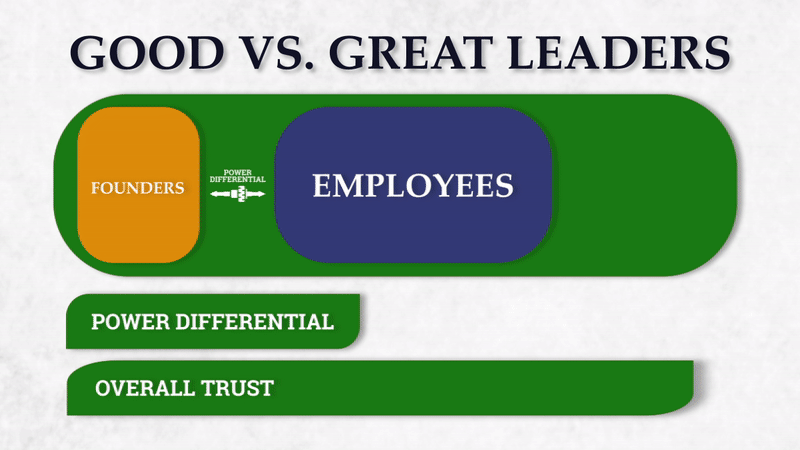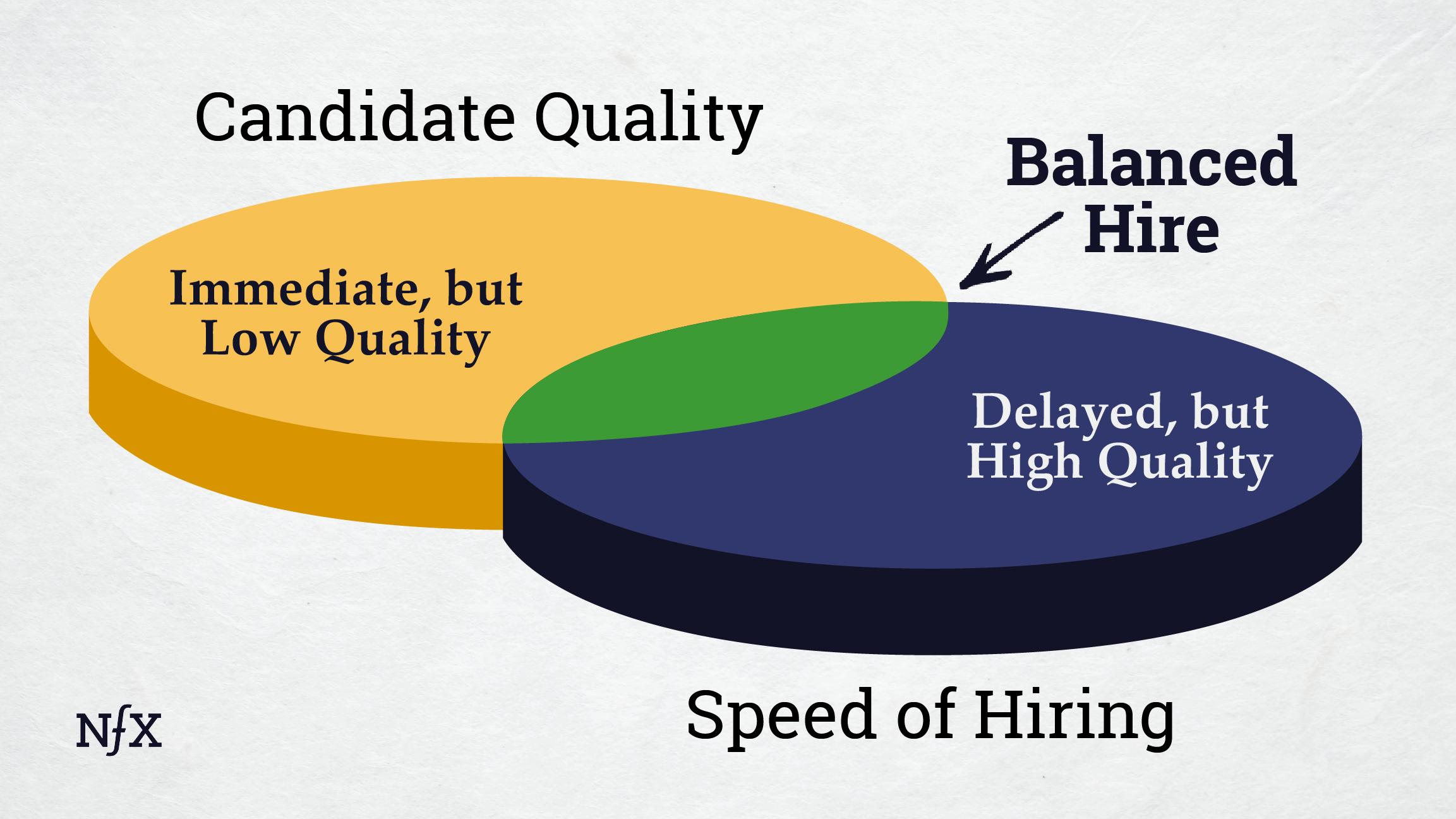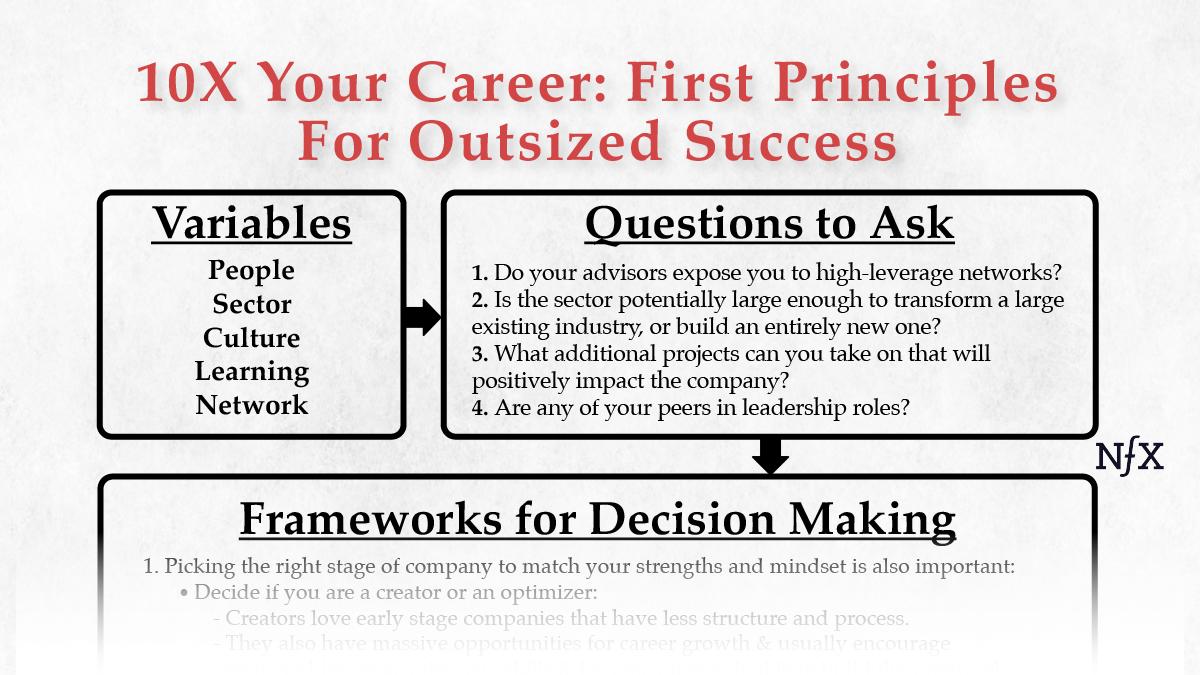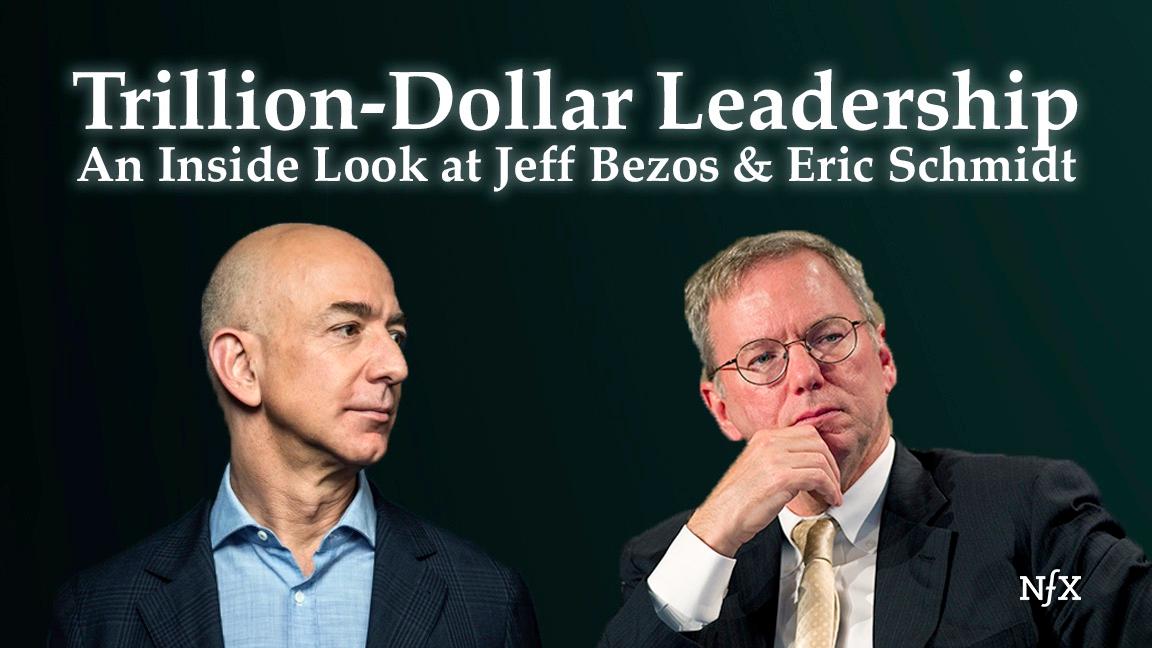

Inside Amazon and Google, leadership frameworks have very little to do with the product itself, the thing, the “what” of the company. But to understand their leadership approaches, you can’t just focus on the “why” either.
What few people see is that Trillion-Dollar Leadership focuses relentlessly on the “who.” Jeff Bezos and Eric Schmidt both aligned their companies around this question: Who are we serving and who is going to get us there?
Today, Ann Hiatt, the former Chief of Staff / Executive Business Partner to Bezos and then Schmidt for 14+ years, shares her insider stories, analyses and patterns of Bezos’ and Schmidt’s leadership principles and mental models. She gives us intimate insight to:
- What crazy, long-term vision looks like, even in its earliest days
- A 3-part framework for value-alignment in $Trillion teams
- How to hire and motivate people who will invent the future
- & the leadership mental models she learned from working directly with Jeff Bezos and Eric Schmidt, for the benefit of Founders everywhere.
Below are excerpts from my podcast conversation with Ann Hiatt, in her words.
What Crazy Long-Term Vision Looks Like
Jeff Bezos is an incredible visionary. In fact, in his valedictorian speech of high school, he told his classmates that he was going to space. Not that he wanted to, but that he was going to go. When he sets his mind to something, he does it.
Blue Origin, 20 Years Ago
The very first assignment that Jeff ever gave me back in 2002 was to help him take a trip down to Texas. All he said was he wanted to go down there and look at a particular list of properties. He dropped this paper on my desk with a long series of numbers on it. I figured out that they were GPS coordinates. I thought, well, that’s a weird way of giving me these locations, but it was because it was lots of land, giant ranches in the middle of nowhere.
I quickly determined that it was actually impossible for him to visit all the properties that he wanted within the timeframe he had given me. So I went to my manager, John, and said that it was impossible and that we either needed to narrow down the list or add a day. John didn’t even look up. He just said, “Well, no is not an answer. Figure it out.” So, I went back to my desk and thought, “Okay, we can’t move the jet that we’ve chartered. There are no runways, and it’s too far to drive. How do I get between that?” So I thought, okay… helicopter. I was 20 years old at the time. I’d never hired a helicopter. So I figured it out. I did it through the charter company, did all the security vettings and off Jeff went on that first trip.
He came back so excited like a kid on Christmas. Nobody knew what he was actually doing in Texas yet. He was very, very excited about the properties he’d seen and he wanted to go back to decide which one to buy.
So I booked another helicopter and off he went on another trip. Early one morning, I was in the office, hours before anyone else and I got a call on my desk phone, and it was the charter company. They said, “Ann, I don’t want to alarm you,” which of course instantly alarmed me, but they said, “We’ve heard an emergency beacon go off and there’s been a helicopter crash.” My hands started shaking so much that I couldn’t even hold a pen to write what they were telling me.
I thought to myself: I just killed Jeff Bezos. And not only Jeff Bezos, but I’ve killed the entire company of Amazon. Because this was early 2003 and at that point, as you know, Amazon was not yet profitable. They had a single profitable quarter, not yet a profitable year — all of the value of the stock was based on faith in Jeff and his crazy vision.
So I assembled my very first emergency board meeting and then started calling local hospitals, not using Jeff’s name because I didn’t want to create a press story. I finally found him. He had crashed in the helicopter that I had hired for him. Obviously, we know now that he was fine and the Amazon story didn’t end there. I have a feeling he probably enjoys telling this story: He got out of a helicopter and saved all three people inside.
We found out later that Jeff was in Texas buying property for the rocket testing facility that he’s now using for Blue Origin. He was already making plans for it, even before he had a profitable quarter at Amazon.
Just a few days ago, of course, he finally blasted himself off into space. His vision was already there back in 2003, to build Blue Origin, and now he’s doing it. Creating a future where millions of people are living and working in space to benefit Earth. That’s a crazy long-term vision.
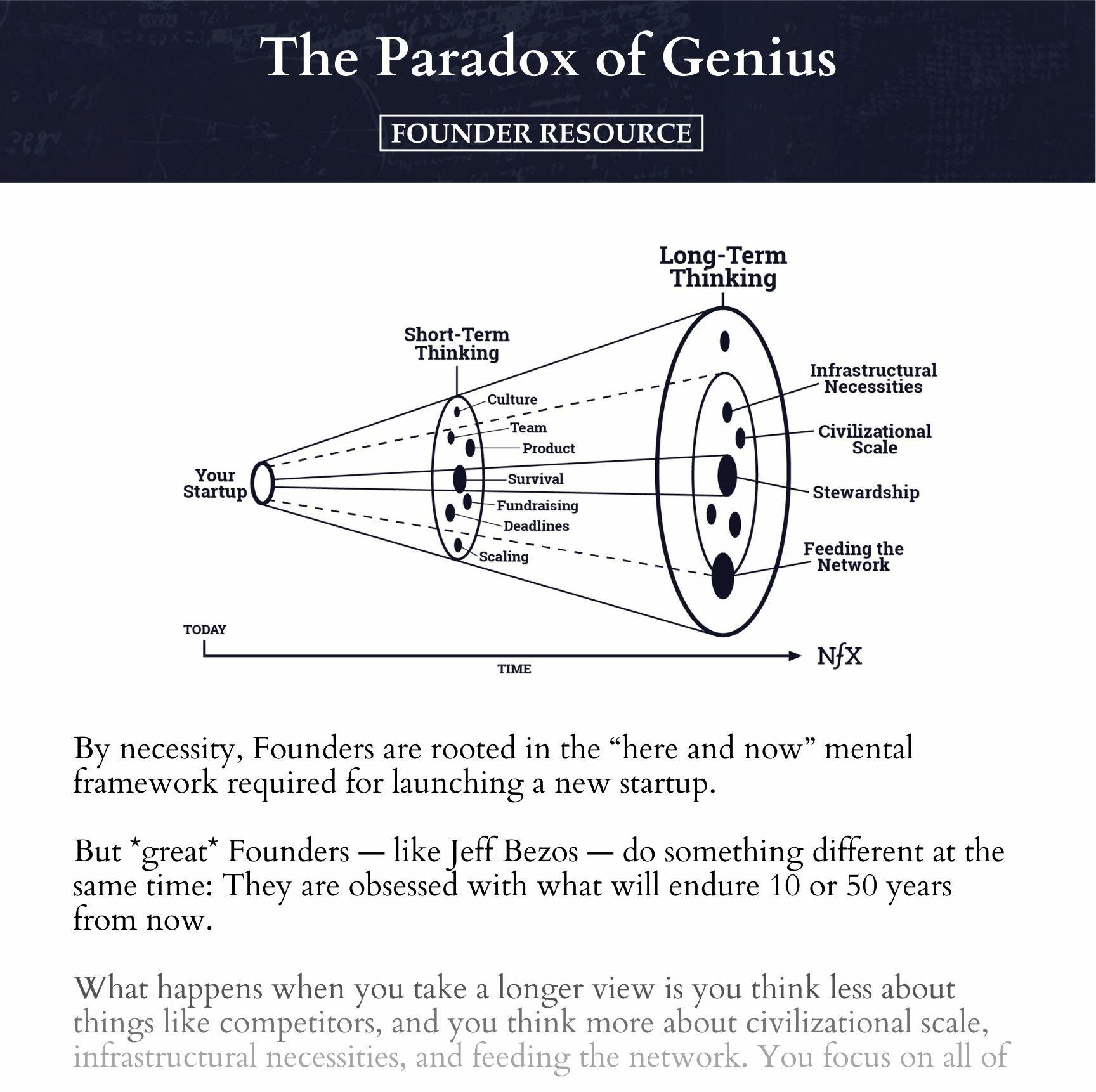

3-Part Framework For Value Alignment In $Trillion Teams
Keeping teams aligned around a mission or vision — that’s hard to do. Especially when you are building something that will take years.
1. The main thing is this: You need to know exactly what you’re there to do.
That is what Amazon and Google do very, very well. Every single employee can tell you what the mission statement of the company is and most importantly, every single employee from your intern on up, knows exactly that what they’re doing today is correlated and tied to the success of that mission of the company as a whole.
That is the secret sauce. When every person knows exactly how their individual deliverables contribute to the whole, that’s when you get incredible grit and efficiency.
It goes back to having your mission statements very, very clearly outlined, and then a similarly clear set of leadership principles that are constantly repeated and implemented, as they are at Amazon, in the S-Team meetings, and throughout the company.
2. The second thing is to hire for value alignment.
When you hire the right people who have the same motivations, you don’t have to push them or waste energy herding the cats. The mission itself drives them forward. This is very important in those critical early and scaling stages where everyone is running in the same direction.
When a company has a problem, it’s often because they waited too late to address a problem that they already identified. They hired people just because they needed to fill seats, but they don’t have the right people in the right places, they didn’t hire for that value alignment.
How do you hire for value alignment? One thing a lot of companies don’t do in the early stages is converting your value statements into your hiring questions. Your scorecard should actually be focused really on the value alignment, rather than core competencies. Once you’ve fulfilled the basic checklists of core competencies for skills and tasks, then most of the evaluation needs to be about the output you want to see.
In the early days of Amazon, they were still just hiring smart people and then finding the right places for them. Everything was very quick moving and it was more about motivations than skills.
When I first joined, I didn’t understand the tech space. But to be fair, nobody really did. Because we were inventing it. We were inventing the future every day, doing things that no one had ever done before. Jeff Wilke (Amazon’s former CEO of Worldwide Consumer) and I actually started within just a few months of each other. The task that we were given every day was to invent the future.
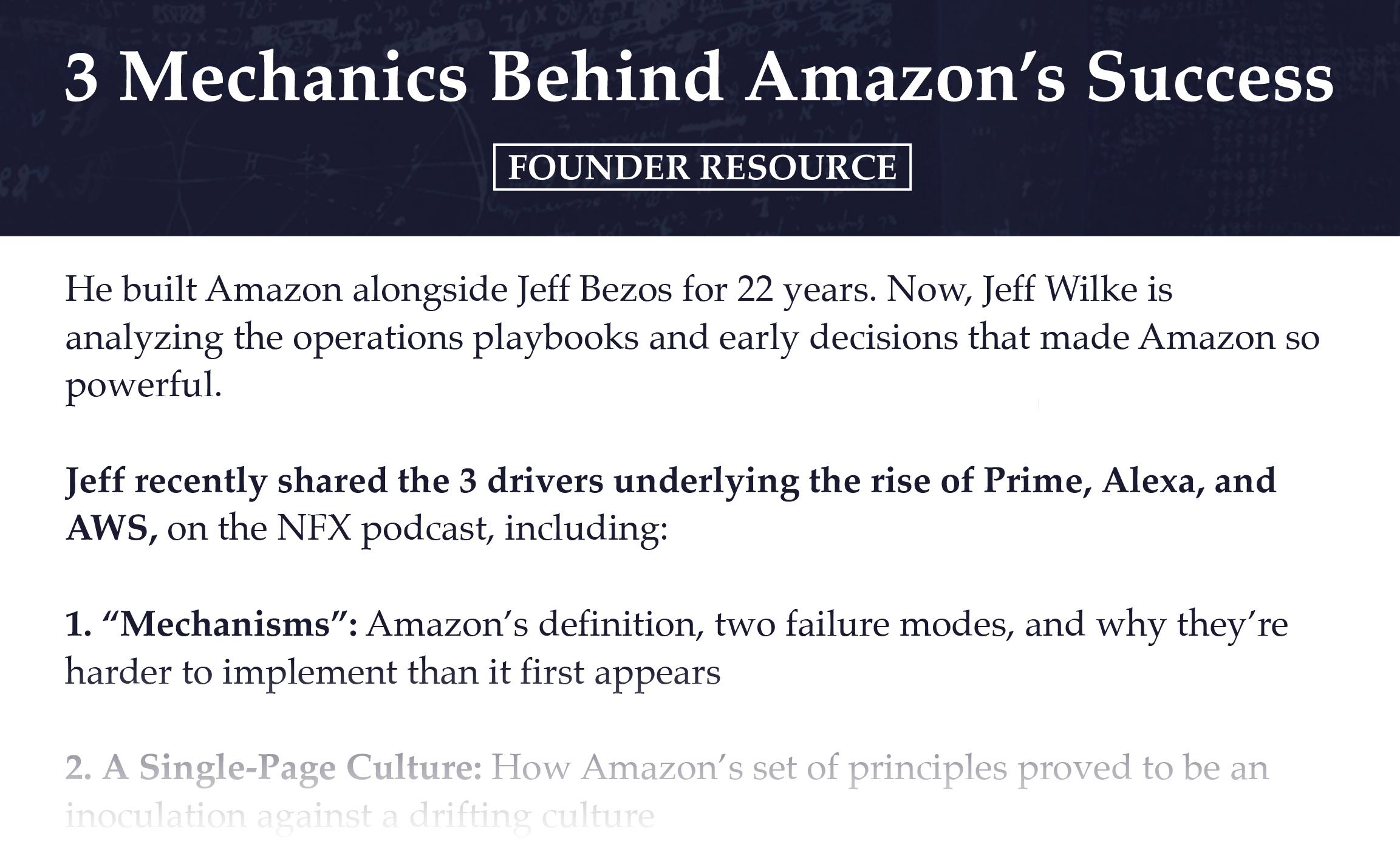

When I met Jeff Bezos for my interview with him, he only asked me two questions. One was a brain teaser and the second was about my motivations for why I wanted to work at Amazon. The way I answered the brain teaser showed him enough that I could break down a very complex problem into manageable steps, and I wouldn’t lose momentum along the way to getting a result.
I also demonstrated an extreme enthusiasm for what they were doing at Amazon for what they were building. I wanted any seat on that rocket ship — and I made that clear to Jeff.
I felt the same when I joined Google later, not anticipating that I would stay for 12 years. My first role was on the product team reporting to Marissa Mayer, while she was the VP over search products, which meant she was in charge of making really cool things that brought in as many eyes as possible. I worked for her for the first three years I was at the company. This is before she went on to become CEO of Yahoo! and before I was recruited to be chief of staff for Eric Schmidt.
During my time at Google, I probably interviewed thousands of candidates who were applying to work there. One of the most important scores you can get in an interview at Google is how you rank in “Googliness.” It’s really about: Do you have that quirk factor? What makes you different? Are you insatiably curious about something that maybe nobody else cares or would even attempt?
Value alignment in hiring really comes down to those motivations. In startups, we’re really sprinting a marathon. You need people on your team to be self-motivated to do that, because you can’t push anyone. They will burn out or they’ll become irrelevant. So, you really need the motivation.
I always go back to the hiring questions, if a startup is seeing this misalignment of motivations or expectations or pace.
3. It’s 100% about the who.
Many people just don’t believe that. They think “We gotta get this thing done. We need somebody to do this thing.” They’re so focused on getting things done, they don’t think about who is doing it and why. Many Founders, when they’re sketching out their business plan or their strategy, focus on the what and the how. But for me, it’s 100% about the who.
Here’s a really aligning question. It’s deceptively simple. We want all Founders to ask themselves: Who are we serving and who is going to get us there?
I’ve seen a lot of really, really good ideas fail, go down in flames because they didn’t hire the right people who are aligned and clear about what exactly they’re all there to do together. I’ve also seen some mediocre ideas take the world by storm because they had the right level of talent who were all running in the same direction.
Amazon and Google have both become trillion-dollar companies focusing on the who, not on the what. I don’t think most Founders think that way and I think that’s a big a-ha moment.
Mental Models of Jeff Bezos & Eric Schmidt
I want to get the lessons I learned from my CEO mentors Jeff Bezos and Eric Schmidt in front of as many entrepreneurs as possible. I think when other people look at these guys, or at Google and Amazon, some of us kind of self opt-out because we think it would only work for them, or it would only work there. But I saw them before they were who they are now. I saw them in those messy middle stages. I saw them figuring out their leadership voices, and I can now translate those best practices for really any career stage or any person of ambition. Not just for leaders of Trillion-dollar companies.
But the ambition you have to have yourself. I can’t give you that. I can’t give you a vision either. If you have that, though, then I want to give you every possible advantage to being successful that I can.
Here are the things I observed Jeff and Eric have in common as leaders of these massively successful, transformative companies.
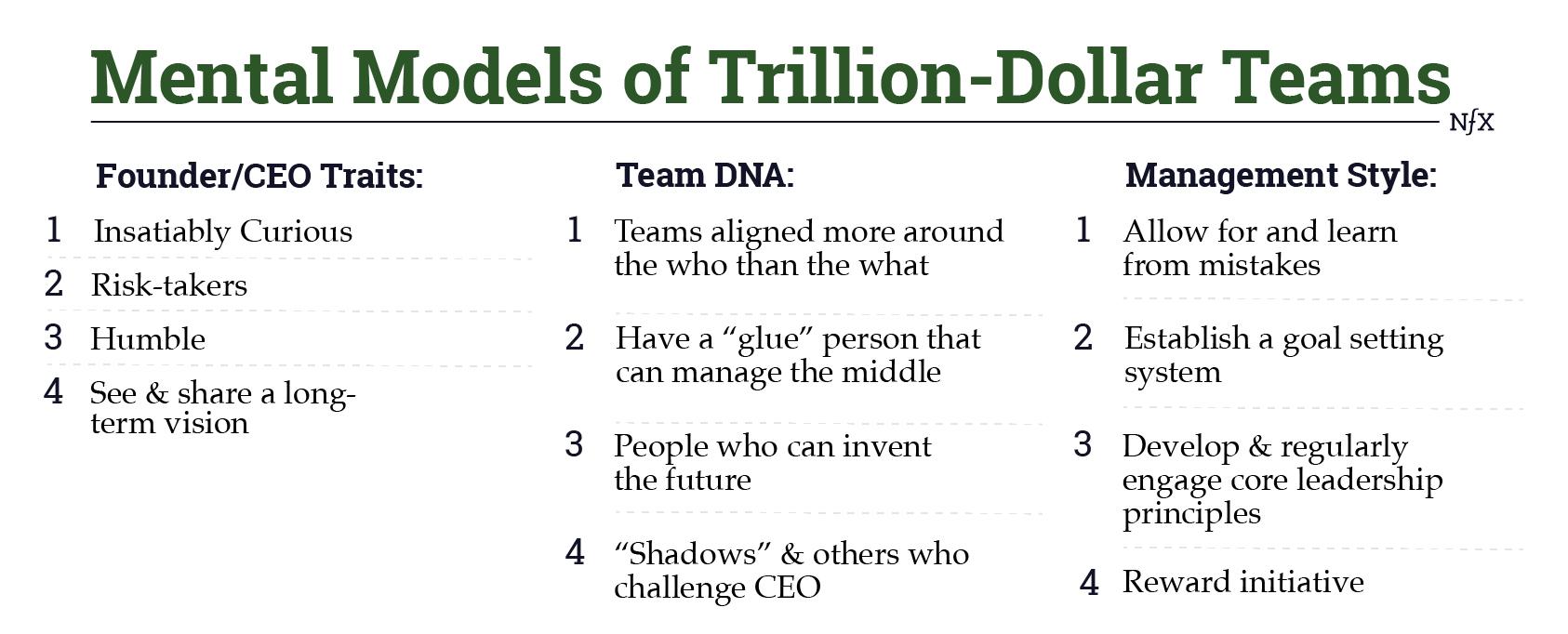

Leadership DNA:
- Insatiably Curious. They immerse themselves in new things, especially if others haven’t done it yet. They’re voracious readers. They’re curious about everything. They say yes to invitations. They seek out rooms where they’re no longer going to be the smartest person in the room, which is very hard to find because they’re extremely intelligent about so many things.
- Able to see a long-term vision, can share that vision to their teams, and are determined to realize that vision.
- Risk-takers.
- Quirky. Your quirk factor, what makes you different not only qualifies you to be in the room, but makes you worthy of a seat at the table, because you offer a unique perspective. For Bezos and Schmidt, and all execs I’ve worked with, quirk is a common characteristic. They’re the ones who embrace their differences and their different approaches and they’re comfortable in that skin. Not to say that they always were. I definitely saw the journeys of them getting comfortable with that.
- Bet on themselves. Take the initiative to do things even if you aren’t ready to do them perfectly.
- Humility. This trait surprises a lot of people. Great leaders like Jeff and Eric invite dissonance from a variety of voices to ensure they are making the right choices and decisions. Humility might not be the first word that you think of when you see them, because you’ve seen them on stage and owning their celebrity status as they grew and impact and scale. What I mean by humility is the way that they manage their teams.
- Jeff famously had this role called the “shadow.” This is now part of the daily dialogue, because Andy Jassy who was shadow number one, and shadow when I joined the company, has just become Jeff’s successor as CEO of Amazon. The shadow, I think, is a great example of humility, because Jeff not only encouraged or tolerated dissenting opinions, but he sought it out so much that he created an entire job description or someone’s full-time job was to poke holes in all his favorite ideas, challenge him, make sure he was seeing around blind corners and helping him see things from different perspectives and making sure all the voices in the room were represented. Andy’s impact obviously was enormous enough that he went on to then run AWS, a multi-billion dollar subsidiary company, and now to become the successor.
- Invite dissent. Eric Schmidt was the same. He has this terrifying habit of calling on the quietest person in the room, especially the non-expert in the room, because maybe they would ask a question someone else wouldn’t or asked for clarification on a particular term or strategy that would help the experts in the room hone in on a core part of their solution that hadn’t been fully fleshed out. Inviting these different voices really pushed them to be the innovative thinkers that they are. Seek dissent to test your own ideas to make sure that they’re right.
Traits of Trillion-Dollar Teams:
- Rocketship teams, especially in the early days of the company, recruit people who share these traits:
- Aligned values
- Commitment to excellence
- Problem solver
- Calm under pressure
- Self-motivated
- Trustworthy
- “Anticipatory”
- In addition to people featuring or building the core competencies on the “what” that they are working on.
- It’s critical to have a “glue” person that can manage the middle between the day-to-day and the vision. The startup CEO and the executive team are sprinting on an hourly basis to deal with what’s in front of them, every day. They also have to maintain this big vision about where we need to go in four or five years. But there’s this intermediate gap 3 months out, 6 months out, where it’s often hard for them to focus their attention. Smart connectors to know how to cross-pollinate ideas, anticipate needs, which team needs more resources, which teams are off track or demotivated or burning out. Be a synthesizer.
- They are people who can invent the future. These are not people waiting around to be told what to do.
As Founders ourselves, we respect your time. That’s why we built BriefLink, a new software tool that minimizes the upfront time of getting the VC meeting. Simply tell us about your company in 9 easy questions, and you’ll hear from us if it’s a fit.

